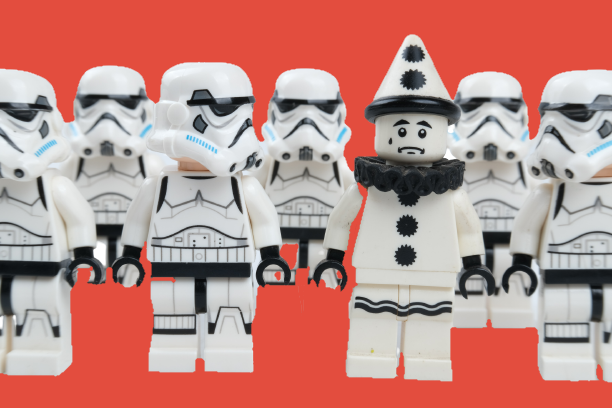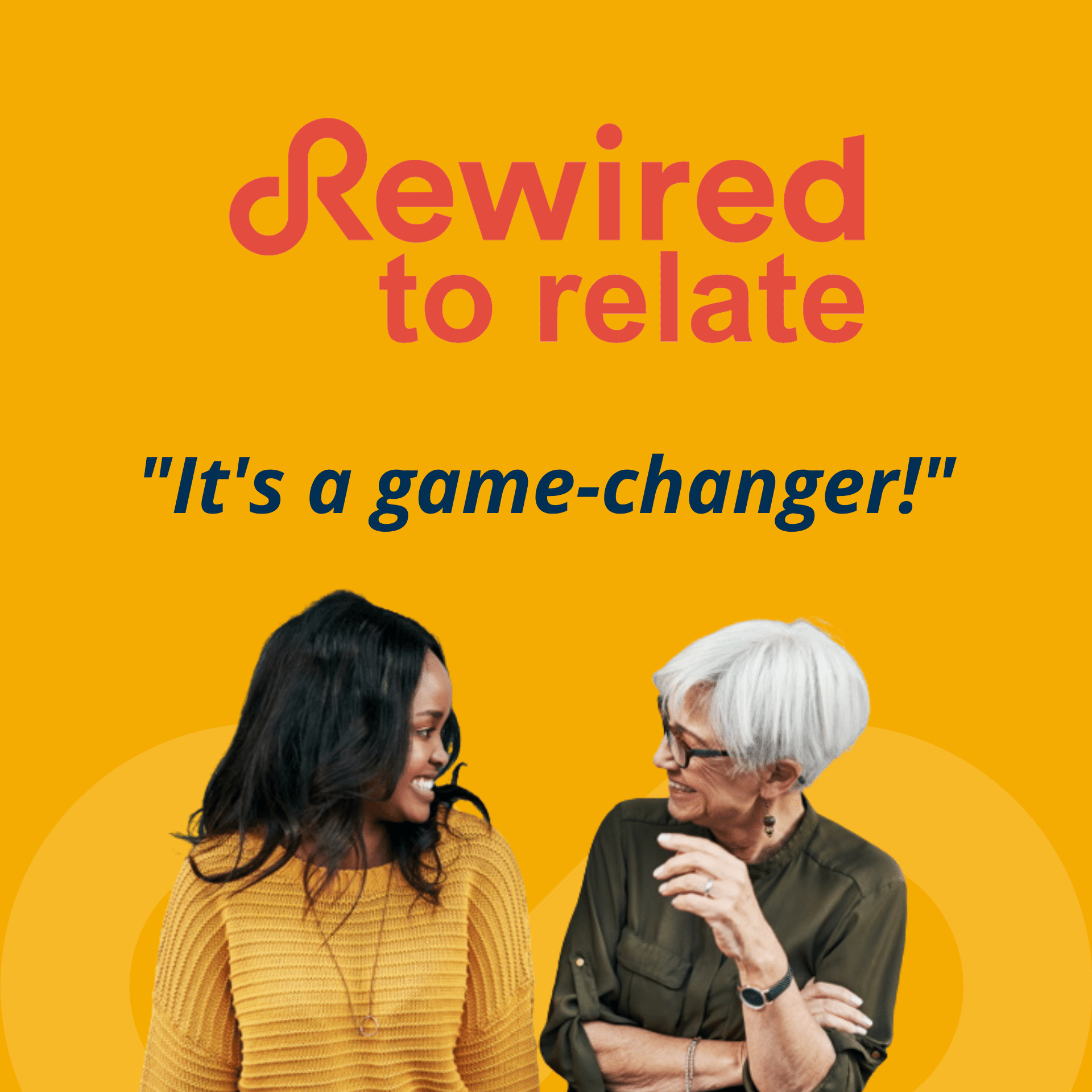
Unlocking neurodiversity in teams
“Diverse teams make the best decisions”
This is a common sentiment but there are some important caveats.
First of all, research shows that the diversity needs to be diversity of thinking. You could have men, women, people of different race, ethnicity, disabilities, different pronouns, etc. But if they were all educated in the same way, from the same programme at the same university, for example, and they have a very similar worldview, you will not get much diversity of thought around the table. You need to have people who think differently – regardless of their other different traits. For more on that idea, see this article from Training Industry on diversity of thought.
The second caveat to the quote is that diversity itself could be disastrous if you do not have inclusion. You can hire a lot of diversity, but everyone on the team needs to be inclusive of others if that diversity is going to be helpful. And that is only going to come about by developing an inclusive culture. Everybody needs to feel safe to contribute their own views and be able to consider others’ viewpoints as well.
Maybe the fastest way to get diversity of thought is to hire people who actually have differently structured brains; they will see things differently and bring different thinking.
Amplify their gifts
When you do have divergent individuals, amplify what they are good at and focus their attention where their strengths lie. At the same time, work with other team members (and yourself) to normalise and destigmatise (and maybe even celebrate) the traits that their neurodivergence brings. This will certainly contribute to neuro-inclusion on a team.
For example, this might mean recognising that certain autistic traits can bring the benefit of heightened focus and the ability to zone in and increase effectiveness. Or the high energy approach that an ADHD mind can bring to certain situations. Verbal or written communication can be replaced by the ‘big picture’ thinking of the dyslexic team member, as they bring their vision to the team.
And, as we benefit from their brilliance, we also need to be sensitive to challenges that these different brains often have. This can happen through team agreements or “contracting”. For example, how do we deal with communication, working styles, how often we come into the office, reporting our progress and managing the office environment.
You can read more about this in our post How do I understand and interact better with neurodivergent people
Change can be challenging
In general, change can be very hard with some neuro-traits and organisations may need to be more aware about how they proceed through a change process.
Nathan Whitbread (The Neurodivergent Coach) was our guest on our recent webinar, and he shared his CORRECT model for helping neuro-inclusive teams manage change.
CORRECT:
- C: Change processes need to be inclusive from the start
- O: Open diverse teams – create innovation and competitive advantage
- R: Review what’s working – and double down on it
- R: Remove unnecessary tasks – ask why we are doing extra admin tasks for example
- E: Engage with the person, not the label – people are all unique and human!
- C: Check-in and review work settings – Ask about it and make sure its ok not to be ok
- T: Take nothing for granted!
There are many things we can do to be inclusive and to create great environments for others. It may be too much to remember all the different details. So, keep it simple and keep reminding yourself that other people are different, and they may need different things to feel safe, free to contribute and able to do their best work.
You can also look for tips in other posts on the theme of neurodiversity:
Rewired to Relate

To learn more fundamentals about the brain and how it drives our behaviour, check out Rewired to Relate. You will learn how the brain influences you and how you can best take care of it so you can work well with others.
more info